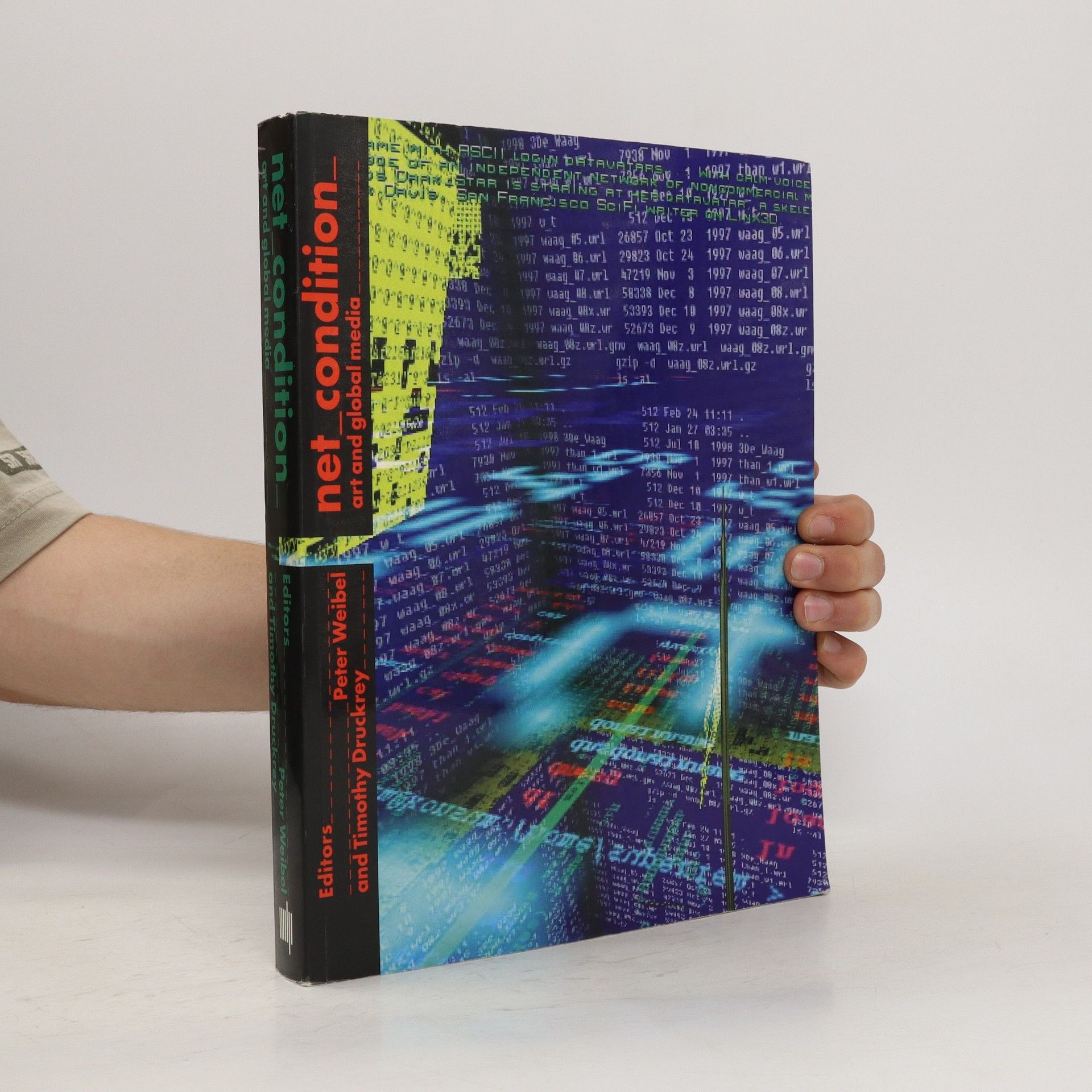Kinetismus: 100 let elektřiny v umění
- 269 stránok
- 10 hodin čítania
Od chvíle, kdy se elektřina stala všudypřítomnou, jsou umělci fascinováni širokou škálou možností, jak ji využít ve své umělecké tvorbě. Katalog Kinetismus:100 let elektřiny v umění, který doprovází úvodní výstavu v Kunsthalle Praha, zkoumá, jak elektřina od roku 1920 do současnosti proměnila uměleckou praxi. Věnuje se kinematografii, zvuku, kinetickým mechanickým sochám, počítačovému umění i imerzivním instalacím. Historická perspektiva ještě podtrhuje skutečnost, že se elektřina se svými rozmanitými způsoby využití - od umělého osvětlení po výpočetní techniku - stala charakteristickým prvkem naší společnosti. Kinetismus: 100 let elektřiny v umění obsahuje esej Petera Weibela, autora koncepce výstavy, čtyři tematické kapitoly napsané spolu-kurátorkou Lívií Nolasco-Rózsás a také popisy a reprodukce klíčových uměleckých děl tvůrců, jako jsou Mary Ellen Bute, William Kentridge, Christina Kubish, Zdeněk Pešánek, Anna Ridler, Nicolas Schöffer, Jeffrey Shaw, Takis, Steina a Woody Vasulka. Koncepce / redakce: Peter Weibel a Christelle Havranek. Texty: Václav Hájek, Jiří Hájek, Judith Bihr, Anne-Laure Chamboissier, Dávid Fehér, George Fifield, Jeanpaul Goergen, Idis Hartmann, Christelle Havranek, Anett Holzheid, Daniel Irrgang, Toby Kamps, Paul Kenig, Clara Kim, Pelin Kivrak, Anna Kodl, Rosemary Lee, Sandra Naumann, Lívia Nolasco-Rózsás, Márton Orosz, Andres Pardey, Sylva Poláková, Adriana Prodeus, Guillaume Richard, Barbora Ropková, Clara Runge, Leila Topić, Miloš Vojtěchovský, Peter Weibel, Siegfried Zielinski




